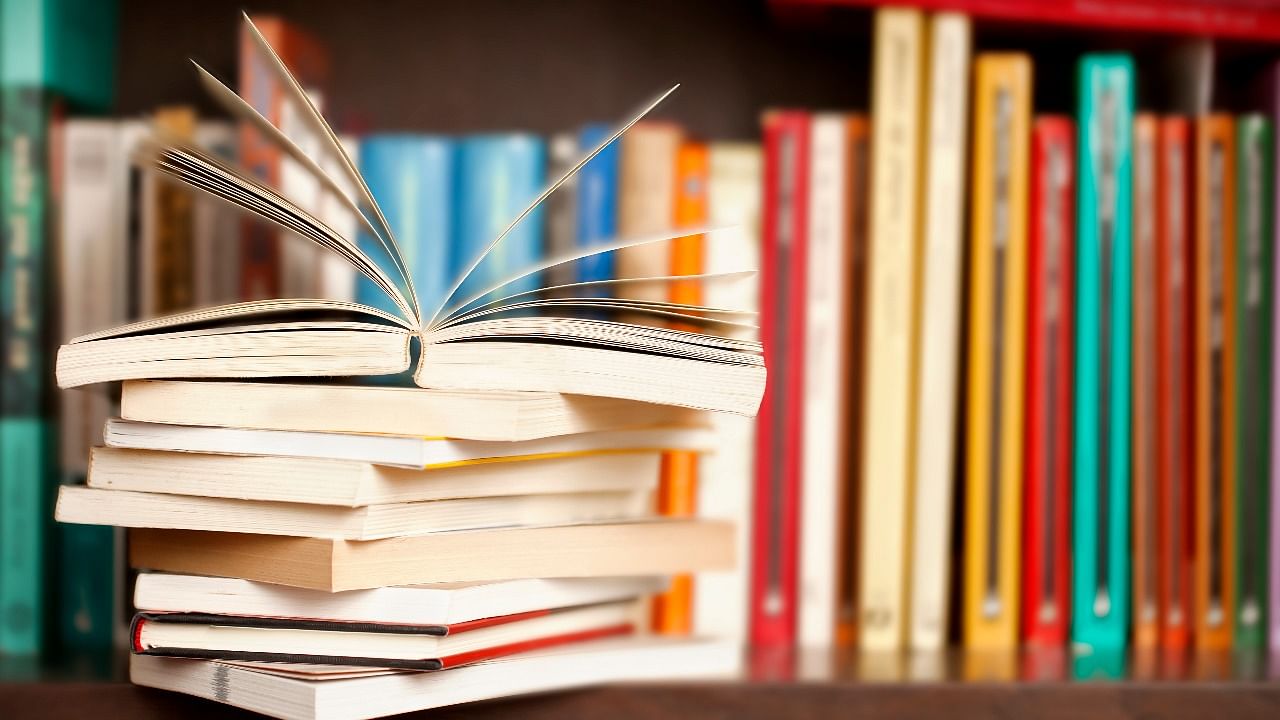
Covid’s learning loss has a universal lesson; learning how to learn is more important than knowing and the most powerful tool for lifelong learning is reading. I make the case for three things; our children must read more, must increase the share of books that reflect their daily Indian lives, and it’s time for a truly global children’s book award.
The case for children reading was scientific and believable before Covid. But our record pandemic school closures offer strong evidence for NEP 2020’s observation that Grade 3 children who are not reading get left behind. Research identifies Grade 8 as the next crucial milestone where readers often stop challenging themselves in reading and lose out as young adults to develop the level of comprehension necessary to become an informed citizen. Pope Francis and the Dalai Lama believe reading is an antidote to the growing global culture of indifference. MIT scholar Sherry Turkle attributes research that suggests a 40% decline in young people’s empathy over the last two decades arises from their inability “to navigate the online world without losing track of their real-time, face-to-face relationships”. A wise child once said ‘Books slow me down and make me think, the internet speeds me up. Now more than at any other time, we need our children to read physically, read deeply and read widely.
The case for raising the share of Indian children’s books is built on too many ‘Ideas of India’ missing from global narratives. The stories we tell ourselves and whisper to the world are an important component of changing our children’s aspirations, confidence, and place in the world. On one hand, Guru Gobind Singh’s counsel “Recognise all humanity as one” echoes in Professor Martha Nussbaum’s belief that hearing stories about the lives of others lets people imagine how they feel and learn something about themselves. On the other hand, a confident, grounded, and secure identity requires stories that reflect your everyday experience; every educator knows the wisdom of “life being a series of daring adventures from a secure base”. An education that includes stories with local traditions addresses the gnawing feeling that you don’t have to be Western to be Modern. Reading is needed to become a lifelong learner, but reading books that reflect different identities including our own is needed to develop humanity, originality and imagination. This is wonderfully reflected in the global liberal arts education delivered by new-age universities like Ahmedabad, Krea, and Ashoka.
India is reaching critical mass in library practice, curation, and reading habits. Indian children’s writers are experimenting confidently with genre, themes, format, medium, and language, offering kids the chance to move beyond reading their parent’s or teacher’s favourite childhood books of adventure, nostalgia and mythology. They capture our geographic diversity - Chennai, Mumbai, Delhi, Ooty and Deolali come alive in the stories - and reflect the spectrum of children’s lives from relationships to beliefs, expectations to aspirations while acknowledging loneliness, anger, fear, hope, and love. They showcase new role models, break stereotypes, and create space for stuff traditionally denied a place in history.
Book awards that recognise great writing are a simple, handy navigation aid. The gold standard of book prizes for adults is the Booker, for three reasons: the high visibility of the shortlist and winner, improved industry economics, and a truly global shortlist. Their recent shortlist carries three American authors, one Sri Lankan, one South African, and one British author (of Somali origin). But most big children’s book awards are local. 2019 was the first and only time Newbery honour was awarded to an Indian-American author for an Indian story. Other awards go across cultures in the US with specific callouts from groups like African Americans and Hispanics. The International Board on Books for Young People (IBBY) last had important Indian books on their honour list in 2012, for a touching story contextualising female foeticide by Ranjit Lal, and before that in 2008, for an incisive Kashmir story by Bal Sahitya Akademi award winner, Paro Anand -- both were truly global award-winning quality, but remained on an honour list. Maybe India could host a truly global children’s writing award; it would not only raise India’s soft power but befit a country with the third-largest English language printing for children and the largest school education system in the world.
Indian schools are becoming more deliberate about building the reading habit because it is acknowledged as the only unfair advantage that persists, grows, and compounds through life. This demand is creating supply; Indian children’s writers are responding with stories, settings, and characters that feel familiar (fewer daffodils, scones and midnight feasts!). This virtuous cycle makes me believe that the next decade for Indian children’s literature will be wonderful.
(The writer is Head of School, Neev Academy, and co-founder of the Neev Children’s Literature Festival and Book Award)